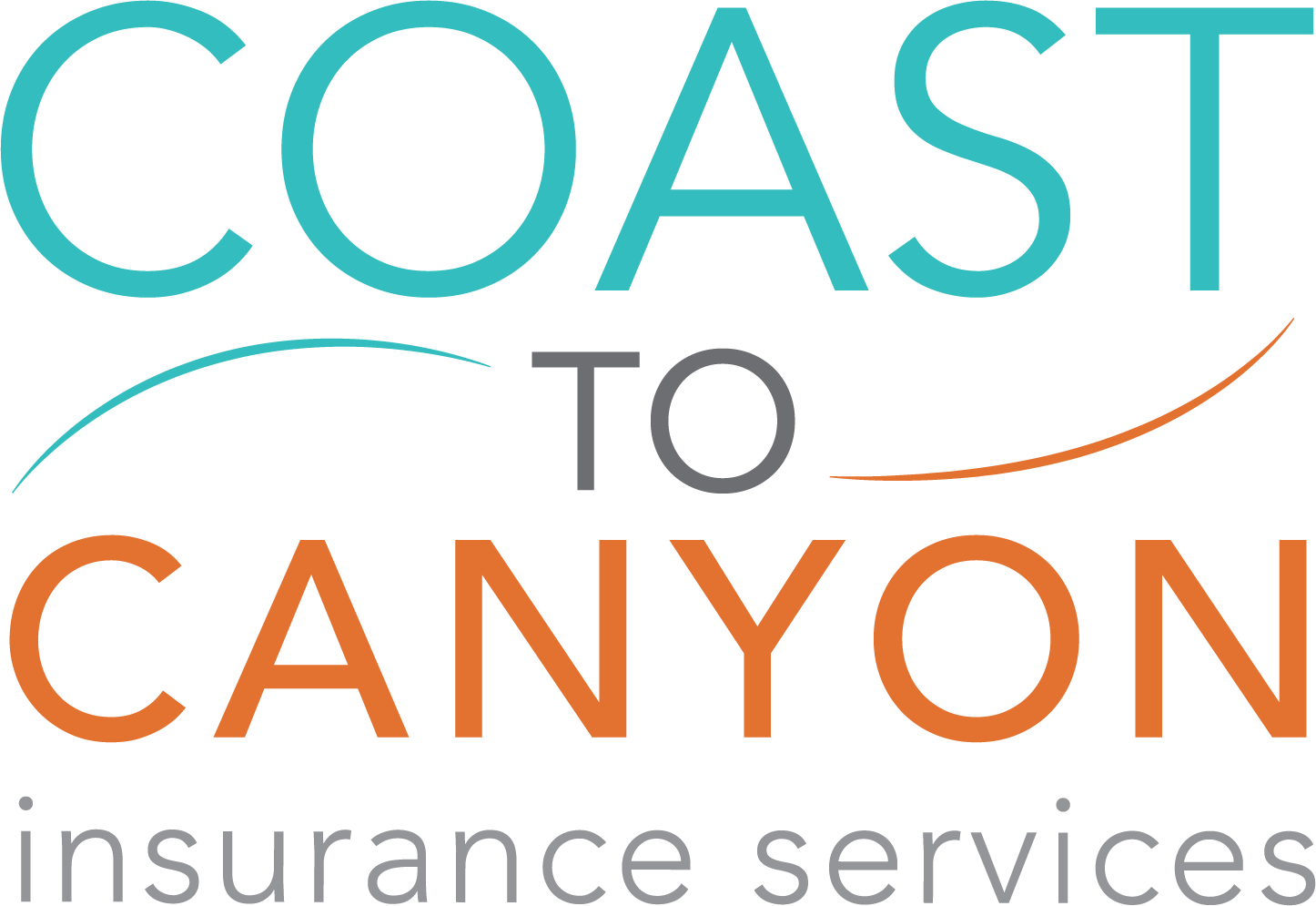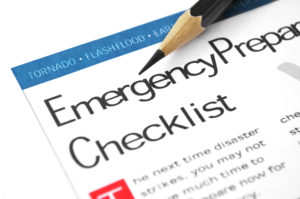
5 Thanksgiving safety tips
It’s that time of the year again, families are taking out their decorations, preparing their fridge, and getting ready to eat (way too much) of a delicious thanksgiving meal. Here’s a few tips to make sure that your holiday goes off without a hitch! 1. While you’re cooking, take an extra minute to make sure that there aren’t any pesky little hands looking for food. Kids can get into almost anything, so be sure that pots aren’t too close to the counter edge! 2. Ensure that you pots and pans on the stove have their handles pointed alongside the edge, not sticking out. Handles sticking out over the edge can easily be knocked over, and no one wants to waste food, or get burned! 3. Stand by your pan! When cooking, you should never leave greasy foods or cooking oil unattended. It may be tempting to take a breath in the living room after so much cooking, but unattended pans can quickly start a fire. 4. Defrosting takes longer than you may think. If you’re cooking for a large crowd, you may have a pretty big bird ready to roast up. A 20lb turkey can take up to five days to properly defrost! 5. Keep your knives sharp. A dull knife is actually much more dangerous than a sharp one! Before you begin cooking, take your knives to a professional sharpener, or use one of those handy do it yourself kits. The holidays should be about celebration, and thanksgiving is about being grateful for what you have. Don’t let a few common mistakes put a cloud over your festivities! Happy holidays from everyone here at Coast to Canyon. We hope you have a wonderful time!

